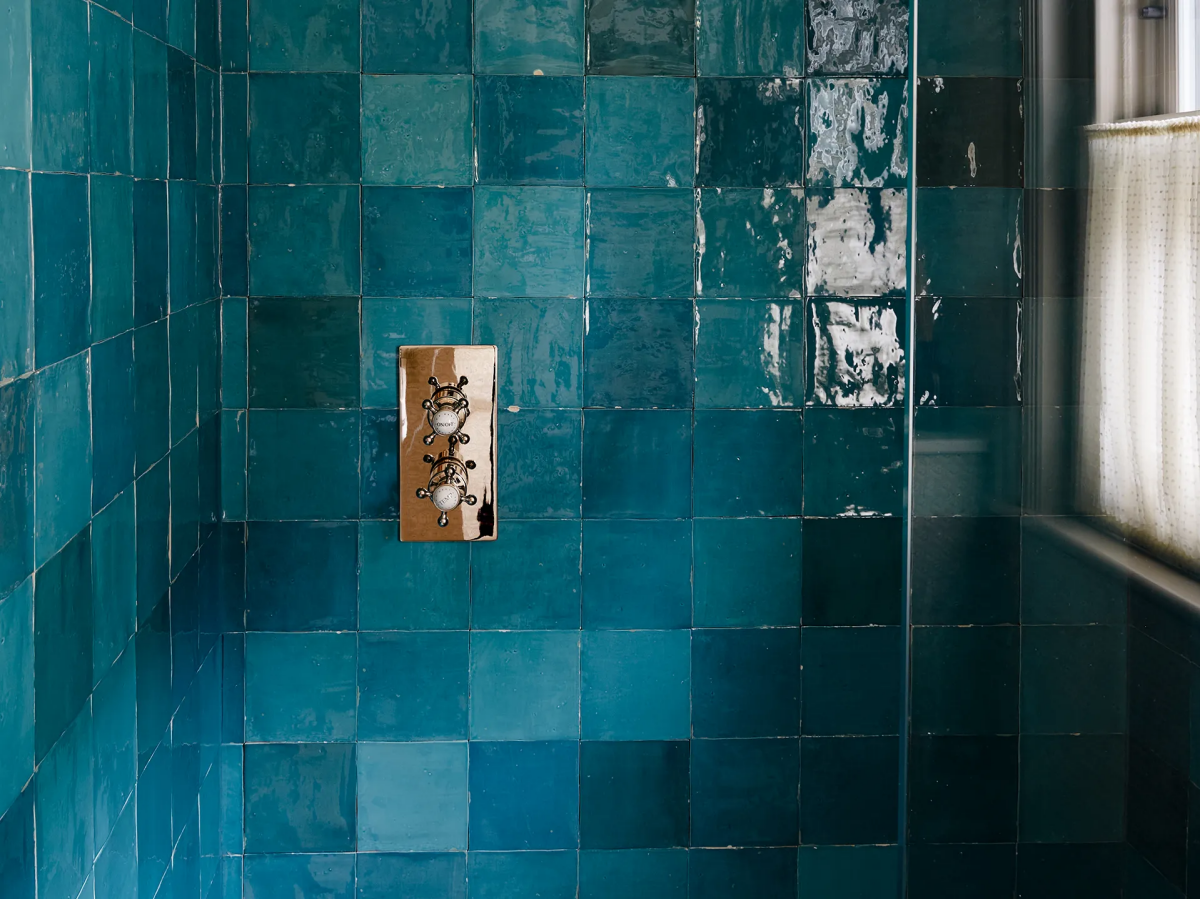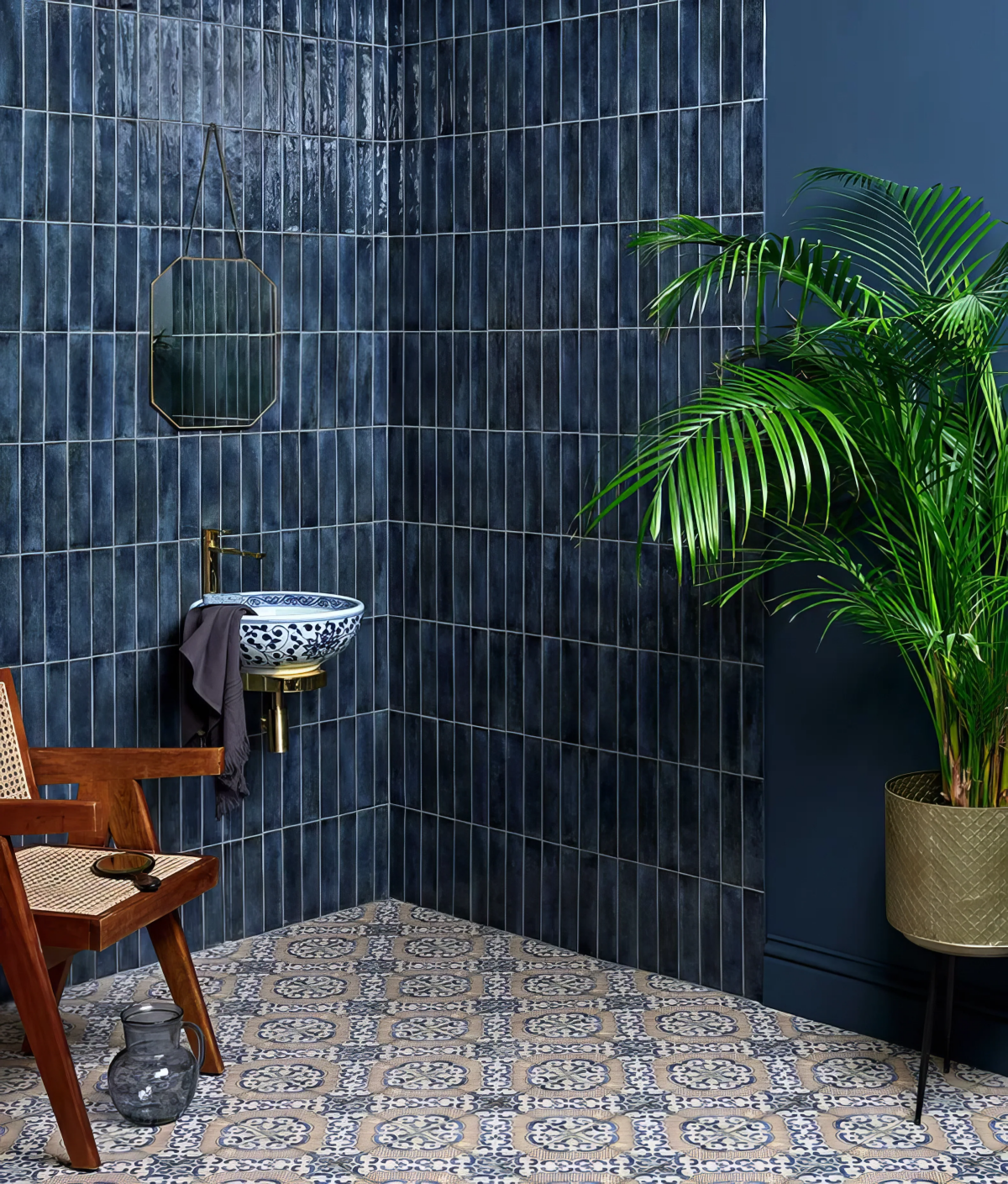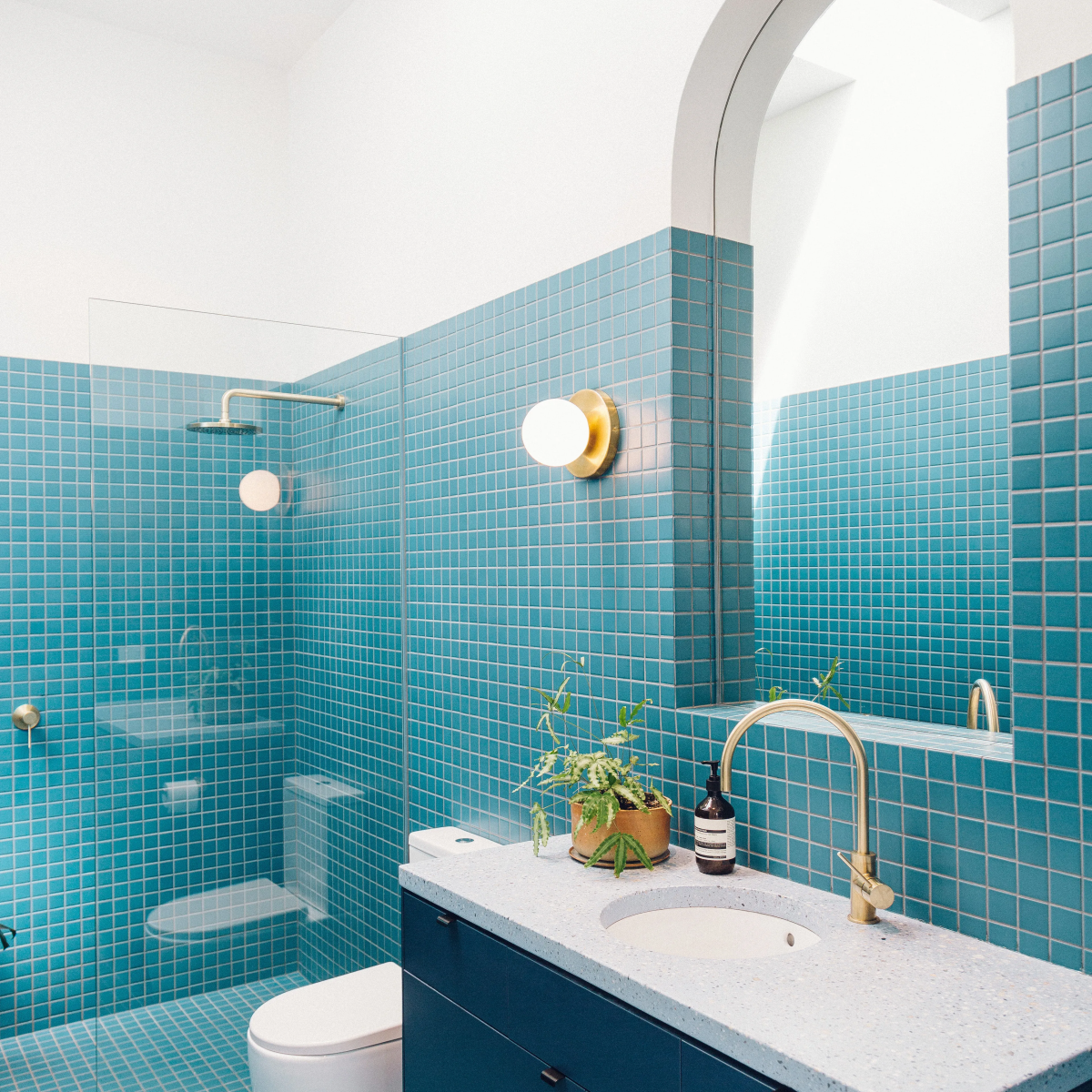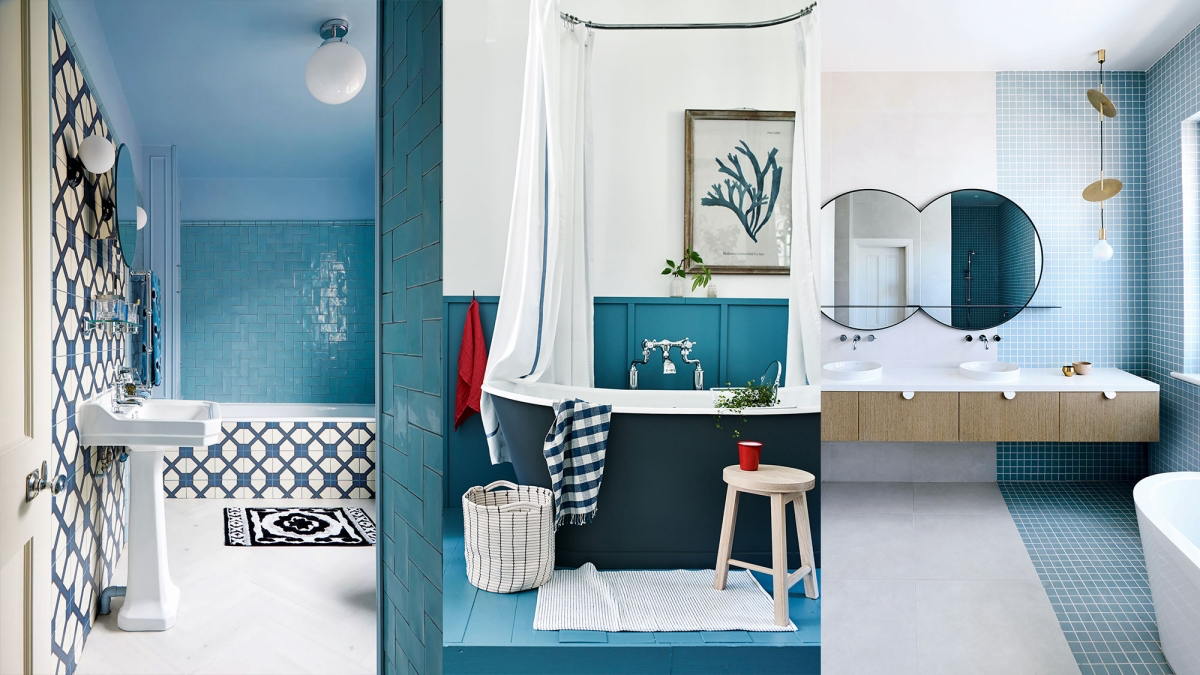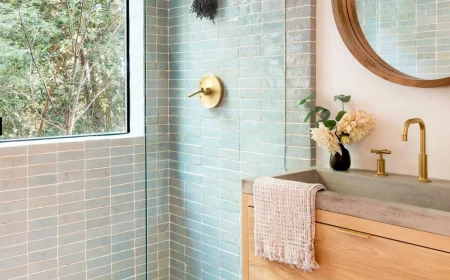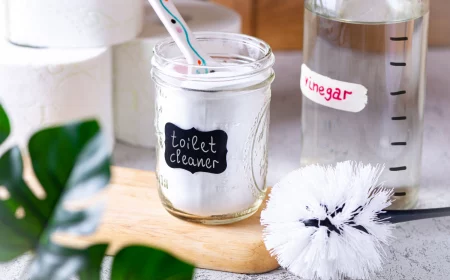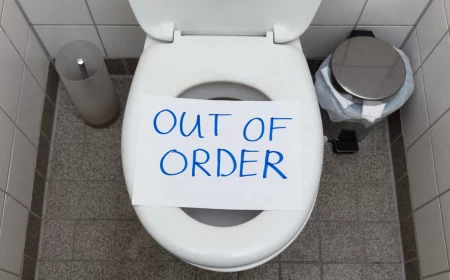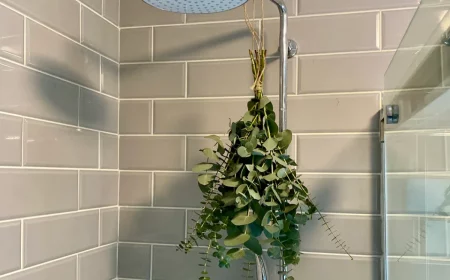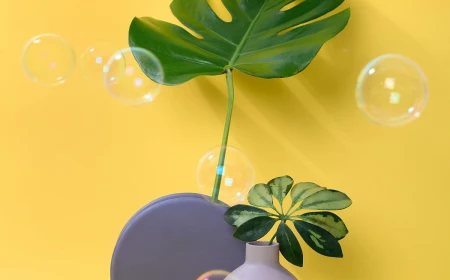Thinking About a Blue Bathroom? A Pro’s Guide to Nailing It
I’ve been setting tile in bathrooms for a long, long time—long enough to see styles come, go, and come back again. But blue? Blue has always been here. It’s one of those colors that just connects with people, reminding them of the sky or the ocean. It’s peaceful.
In this article
But getting a blue bathroom right is about so much more than just picking a shade you like. The actual material, how it’s made, and especially how it’s installed make all the difference. I’ve seen homeowners drop a fortune on gorgeous blue tile only to have the project soured by the wrong grout. On the flip side, I’ve seen simple, affordable blue tile completely transform a space because it was laid with thought and skill.
So, this isn’t another design gallery. Think of this as the real talk I’d give you if you were a friend about to start a big project. We’re going to get into the weeds on why some blues look different under your bathroom lights, which materials can actually handle a daily shower, and how to dodge the common mistakes that turn a dream reno into a nightmare.
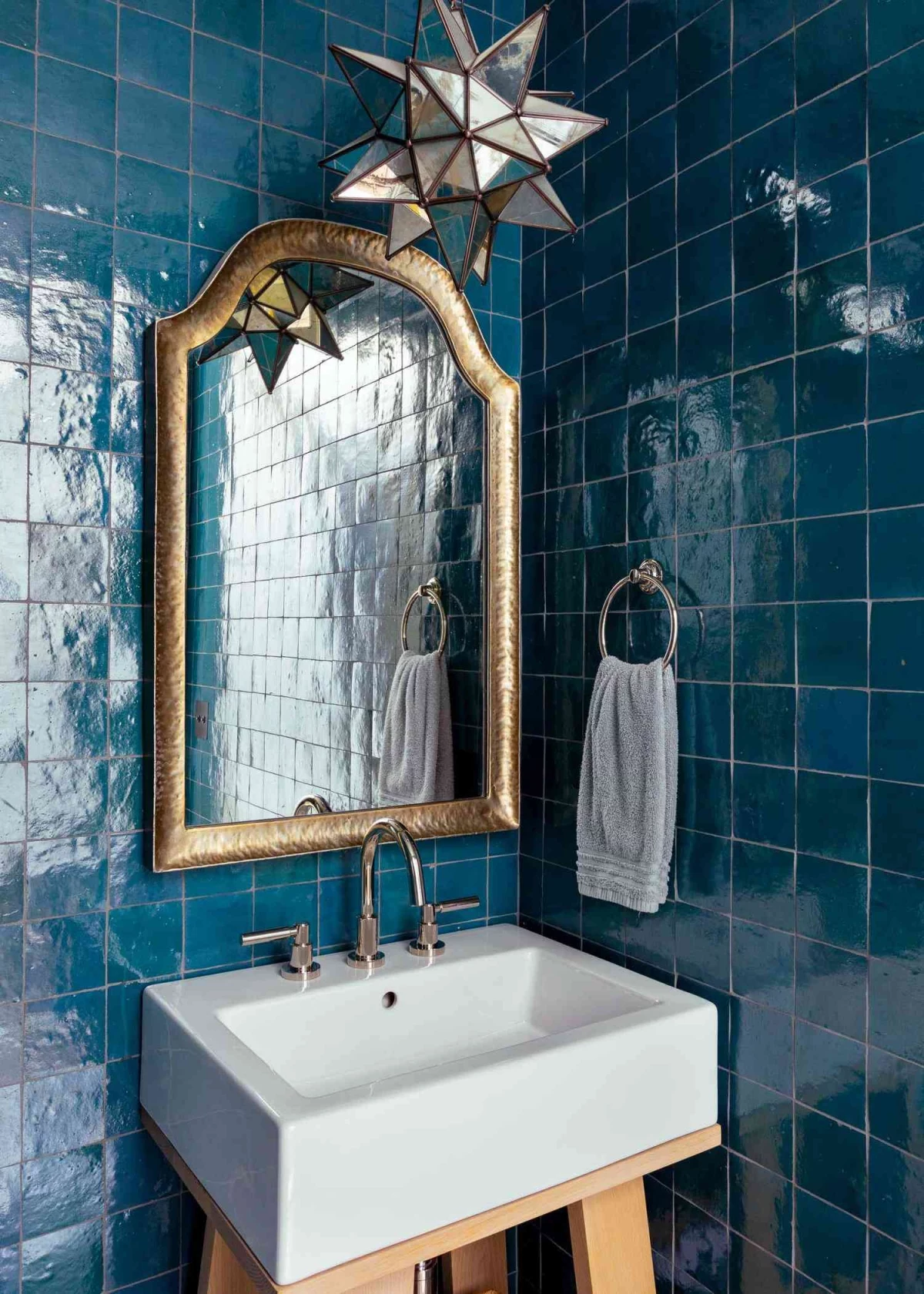
Why That Blue Tile Looks the Way It Does
Ever wonder what makes a tile blue? It’s not just paint. Understanding a little of the chemistry helps you make way better choices. The color in most ceramic and porcelain tiles comes from a glaze that’s fired in a kiln at blistering temperatures—we’re talking over 2,000°F. For those deep, classic blues, the magic ingredient is usually cobalt oxide. Just a tiny bit of it creates an incredibly rich, stable blue, which is why it’s been a favorite for ages.
Other minerals give us different shades. Copper oxides, for instance, can create beautiful turquoise and aqua tones depending on the firing conditions. The final color is a result of the exact chemical recipe, the kiln temperature, and even the oxygen levels during firing. This is why you see so much beautiful variation in handmade tiles; the maker is kicking off a unique chemical reaction every time.
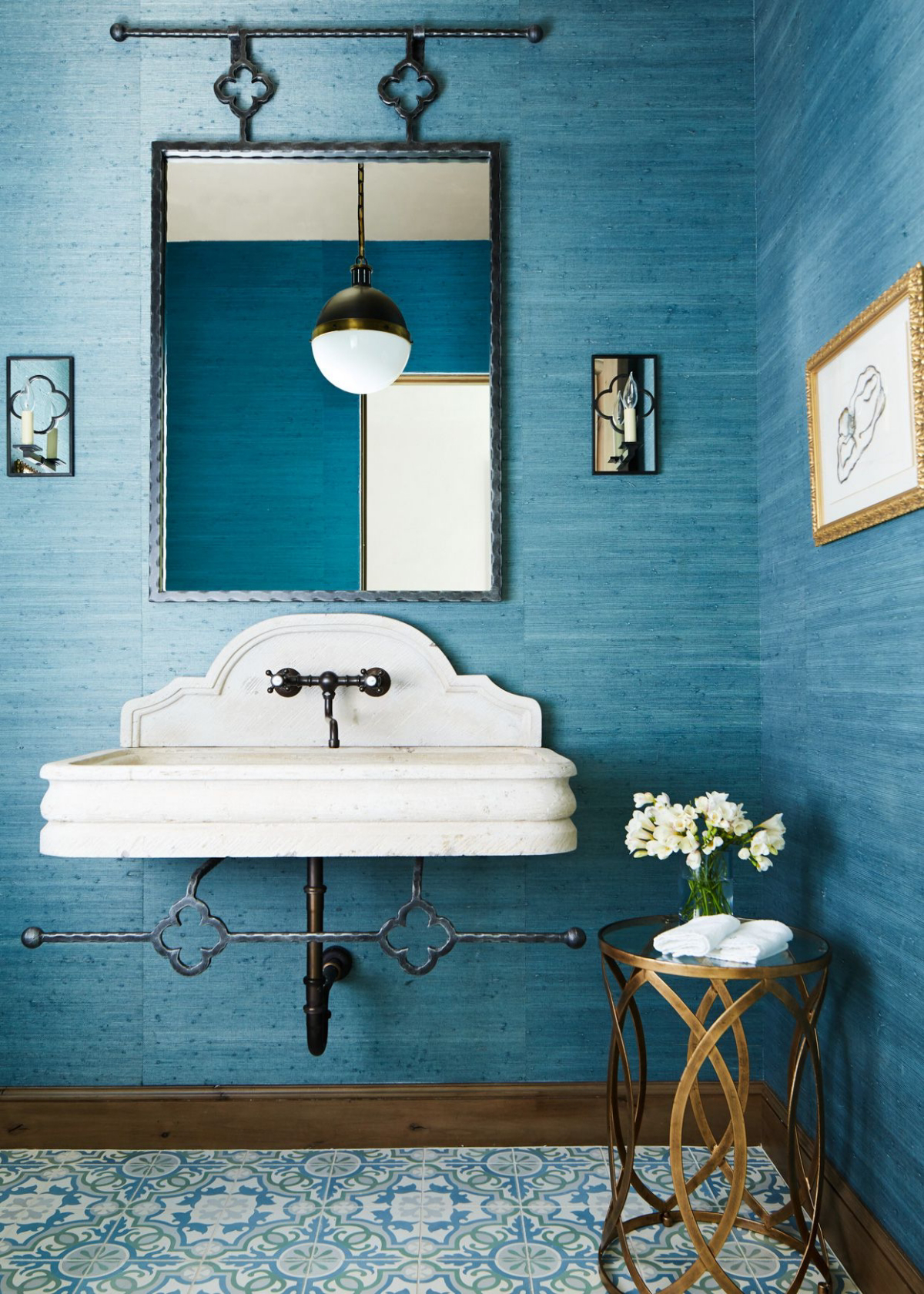
This is also why dye lots are a HUGE deal.
Heads up! A batch of tile made on Monday can be a slightly different shade than a batch made on Tuesday. When you buy tile, you absolutely must get it all from the same dye lot. I once had a client run short on a navy blue floor tile. The new box was from a different lot, and it was just a touch grayer. You couldn’t really tell until the grout was in and the light hit it just so. We had to tear out and replace an entire section of the floor. It was an expensive, frustrating lesson in checking the numbers on the side of the box.
And don’t forget about light! Blue absorbs the red and green parts of the light spectrum, reflecting blue back at you. In a bathroom with a north-facing window (which gets cool, indirect light), a blue tile can look even colder. But in a bathroom with warm-toned bulbs (around 2700K to 3000K), that same tile can feel much more inviting. Before you buy, get samples. Look at them in your bathroom in the morning, in the afternoon, and under your vanity lights at night.
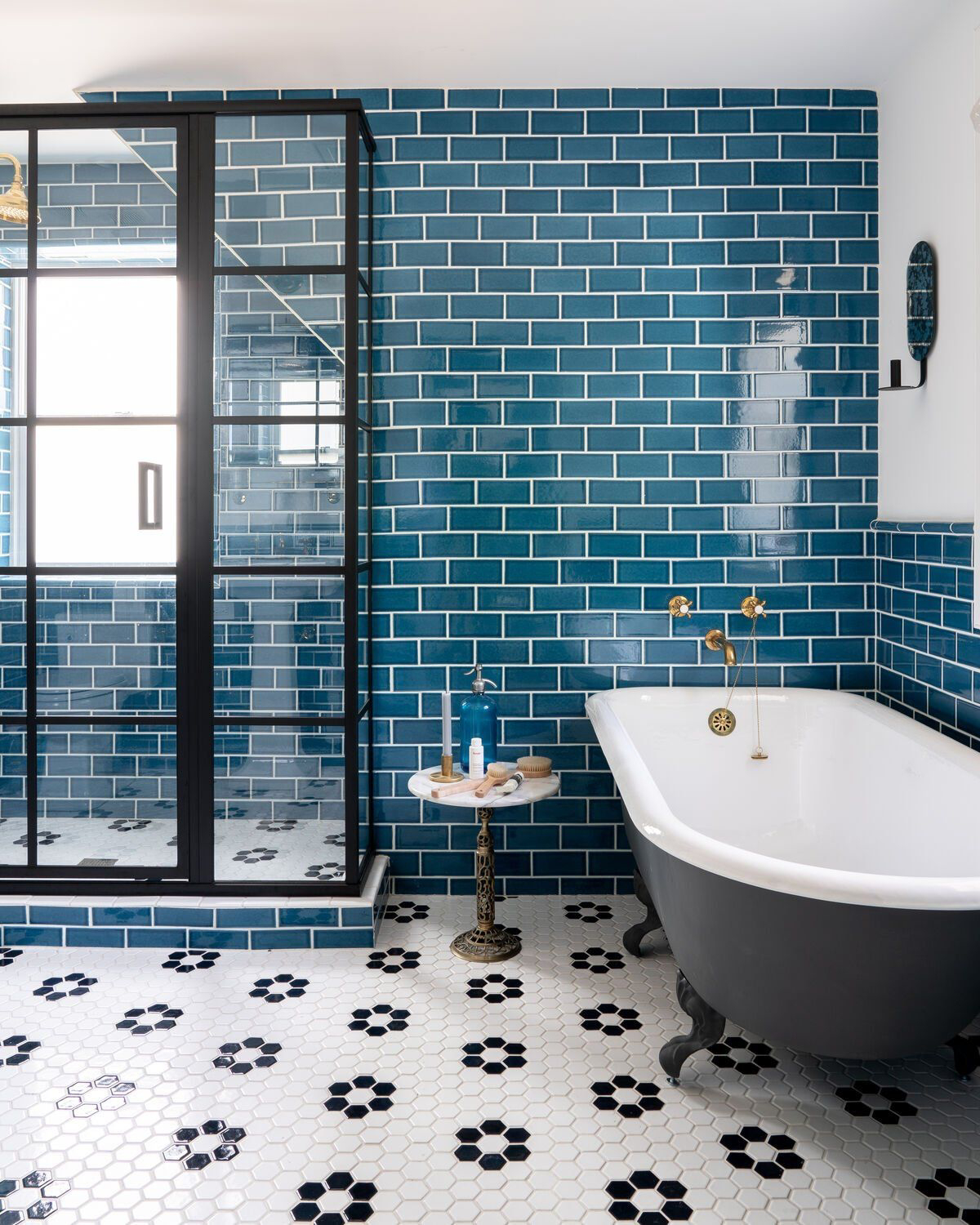
The Pro’s Checklist for Selection and Installation
When I walk into a tile showroom, I’m not just looking at colors. I’m checking the material, the finish, and the specs. These are the details that tell me if a tile is right for a shower wall, a bathroom floor, or just a pretty accent.
Material Matters: Ceramic vs. Porcelain vs. Glass
You’ll mostly run into three types of blue tile. They each have their pros and cons.
- Ceramic Tile: This is a classic for a reason. It’s made from clay, fired at a lower temp than porcelain, and is generally the most affordable option. You can often find great-looking ceramic tile for $2 to $7 per square foot. Modern ceramics are plenty durable for walls, including inside a shower. I get a little hesitant about using it on floors, though. It’s more porous and can chip more easily than porcelain. If a client is set on it, we make sure to pick one with a top-quality, durable glaze.
- Porcelain Tile: Honestly, for most bathrooms, I push for porcelain. It’s made from a denser clay and fired hotter, making it incredibly hard and resistant to water. It’s my go-to for floors and busy showers. A major benefit is what we call ‘full-body’ porcelain, where the color goes all the way through the tile. This means if you get a chip, it’s way less noticeable because the color underneath is the same. With ceramic, a chip reveals a different-colored clay body. Expect to pay a bit more, usually in the $4 to $12 per square foot range for decent quality stuff.
- Glass Tile: Blue glass can be absolutely stunning. It plays with light in a way that can make a small bathroom feel bigger and brighter. It’s perfect for a feature wall or an accent strip. But it’s tricky. Glass is harder to cut without chipping, and it’s dangerously slippery when wet. I almost never recommend it for a floor. Also, you HAVE to use a white thin-set mortar. If you use standard gray mortar, the color will show right through the glass and make your beautiful blue look muddy.
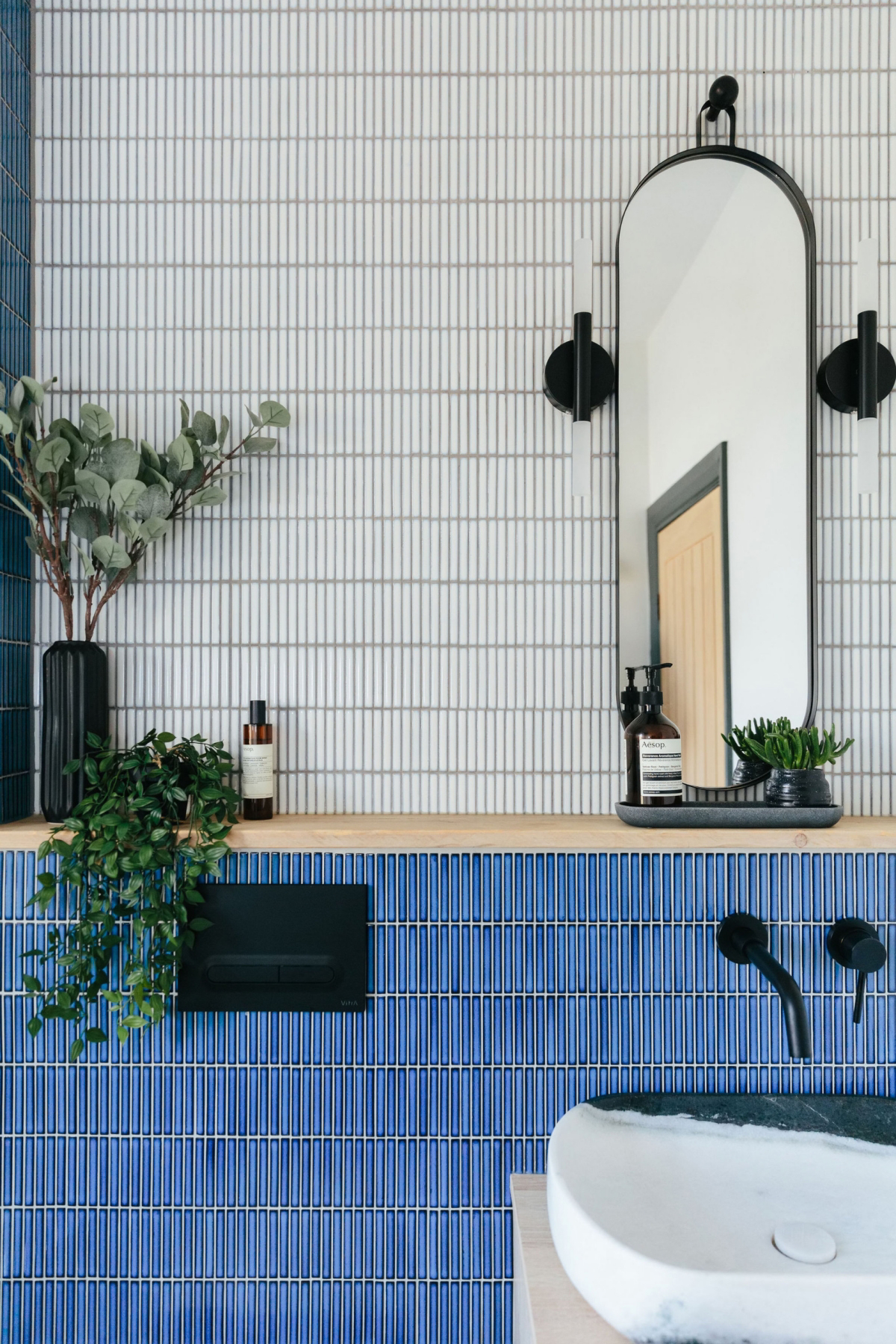
Finish and Size Make a Difference
The tile’s finish is about safety as much as looks. A glossy navy blue tile on a shower wall is a showstopper. That same tile on the floor? It’s a slip-and-fall waiting to happen, and it will show every single water spot. For floors, a matte or textured finish is the way to go. It offers more grip and is much more forgiving.
For bathroom floors, we have a critical safety measurement: the DCOF rating. This tells you how slip-resistant a tile is when wet. The industry standard is a rating of 0.42 or higher for surfaces that get wet. I will not install a floor tile in a bathroom that doesn’t meet this. It’s just not worth the risk.
Grout: The Unsung Hero of Your Tile Job
Grout seems like a minor detail, but it can make or break the entire look. The classic choice is white grout with blue tile, which gives a crisp, clean look. The problem? White cement-based grout is a magnet for stains and mildew in a wet area. I often suggest a light or medium gray instead; it provides nice contrast without showing every speck of dirt.
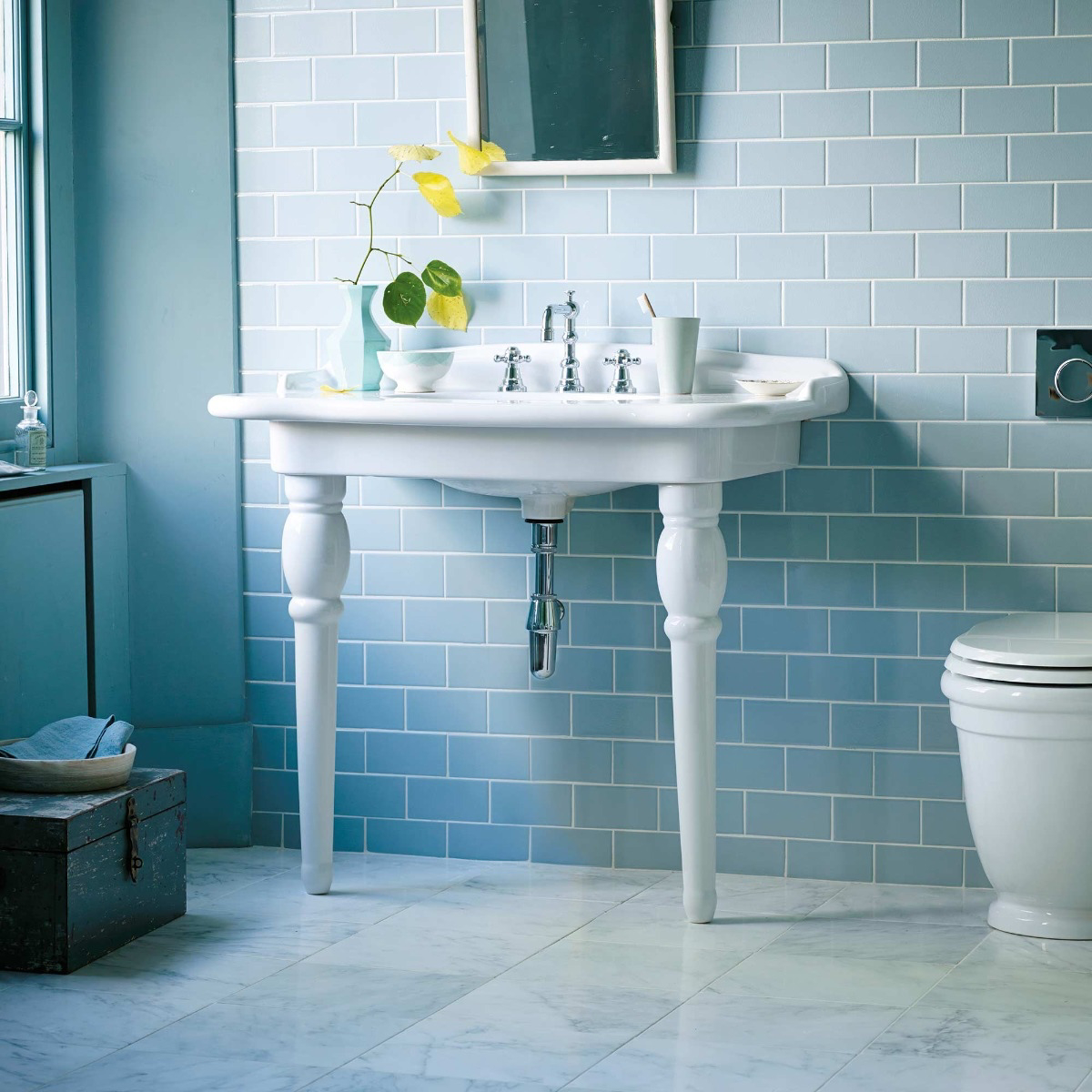
A pro tip: For showers, consider upgrading to an epoxy grout. It costs more and is trickier to install (it’s not a beginner-friendly job), but the payoff is huge. Epoxy is non-porous, so it resists stains and mildew like a champ and never needs to be sealed. Paired with a dark blue tile, a charcoal epoxy grout creates a seamless, modern look that is practically bulletproof. Oh, and for cleaning regular cement grout? A simple mix of vinegar and water often does the trick. With epoxy, a little soap and water is usually all you need since nothing can soak in.
Beyond the Big Box Store: Finding Your Style
Blue tile has different personalities depending on where its style originates. In Mediterranean-inspired designs, you see vibrant cobalt and turquoise blues that feel right at home in the bright sun. These tiles are often handmade, with slight imperfections that are part of their charm. Think of those beautiful, patterned ‘azulejo’ or rustic ‘zellige’ tiles.
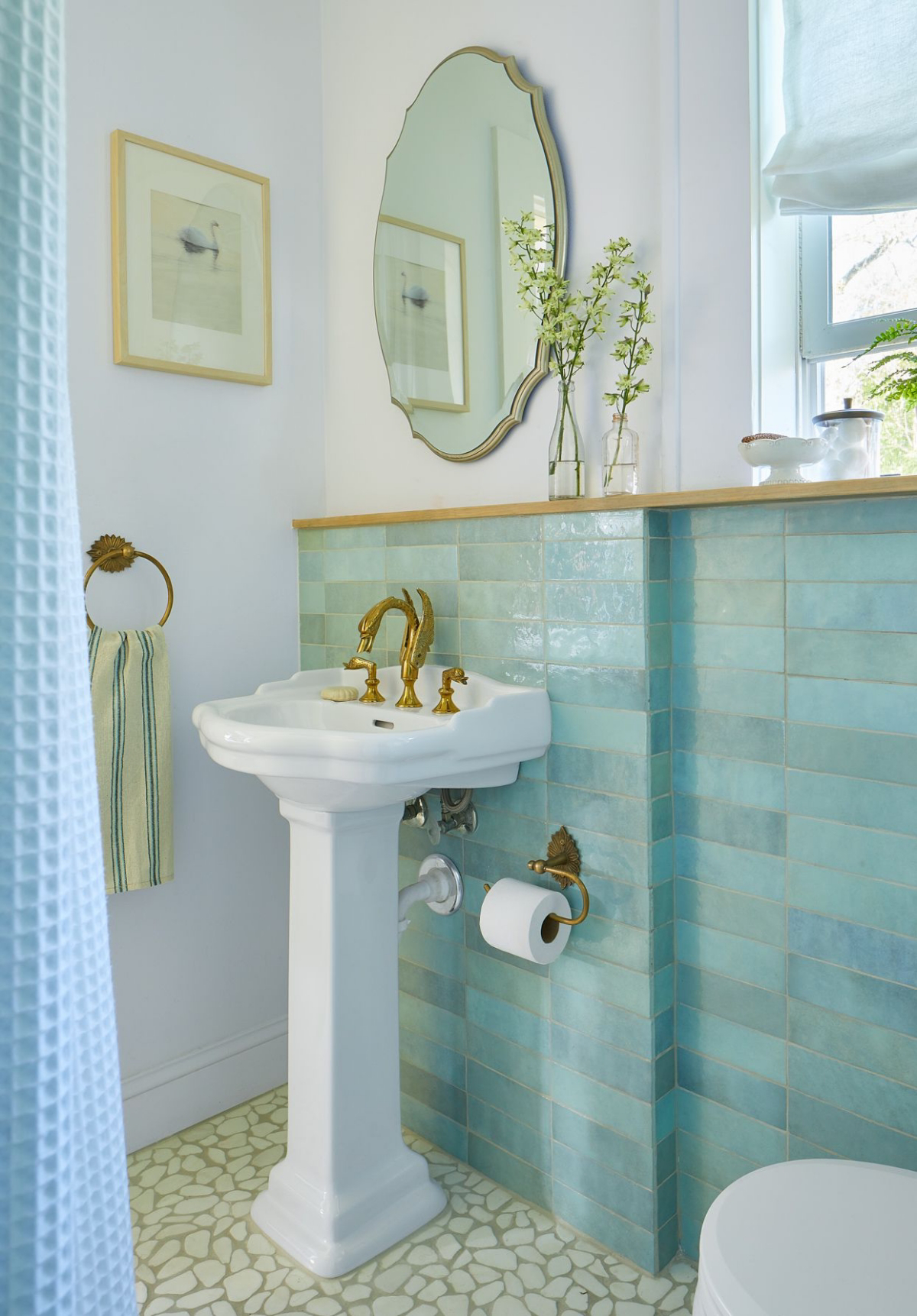
By the way, you probably won’t find these authentic, handmade styles at a big-box store. For that special look, you’ll need to search for specialty tile shops in your city or check out online retailers that focus on handcrafted tile. It’s more of an investment—that beautiful handmade zellige could run you $30-$50+ per square foot—but the result is one-of-a-kind.
In more traditional homes, you often see deep navy blues used in a more formal way, like a subway tile paired with marble and polished chrome. Lately, though, coastal and modern farmhouse styles have made those softer, muted blues really popular—think grayish-blues and pale aquas that feel calm and relaxed.
Let’s Get Practical: Budgeting, Time, and Common Problems
Budgeting for Your Blue Tile Project
Okay, let’s talk real numbers. The tile itself is just one piece of the puzzle. A standard-quality blue porcelain tile might be $4-$8 per square foot. But don’t forget to budget for all the other stuff: backer board, waterproofing membrane (this is critical!), mortar, and grout. These materials can easily add another $2-$4 per square foot to your cost.
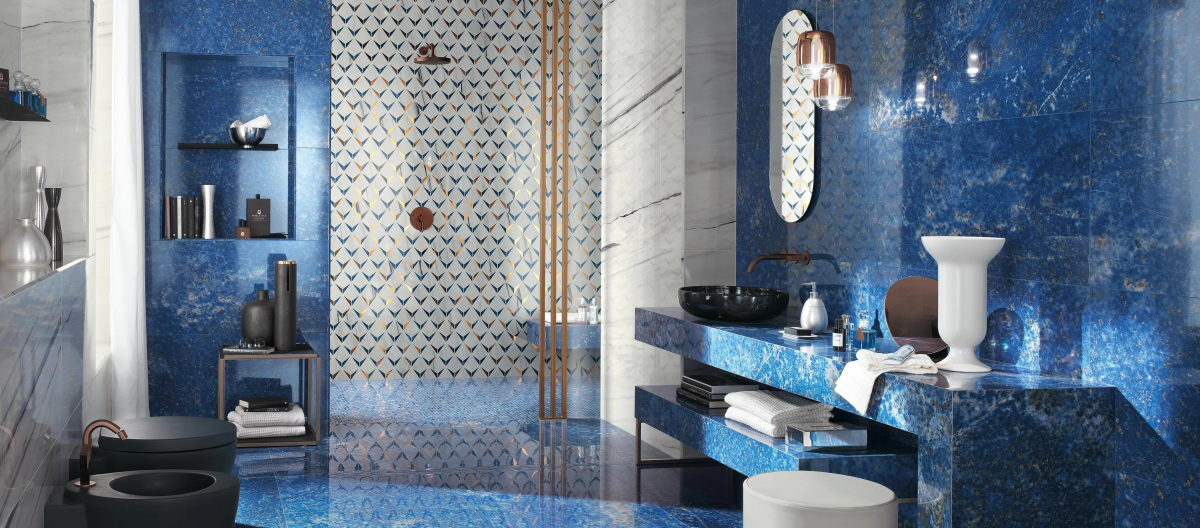
And then there’s labor. If you’re hiring a pro, installation costs can vary wildly by location and complexity, but don’t be surprised by quotes in the $15-$25 per square foot range just for labor. So, that $5/sq ft tile can quickly become a $25/sq ft all-in project.
To save money, a great trick is to use an affordable tile for the main ‘field’ areas and then splurge on a small amount of a more expensive mosaic for a shower niche or an accent strip. You get that high-end look without the jaw-dropping total cost.
Making a Small Bathroom Feel Bigger
Got a tiny, windowless powder room? Using a dark blue can make it feel like a cave. To open it up, I’d suggest a light, pale blue tile. Choose one with a glossy or polished finish to bounce light around. Even better, a tile with a slightly uneven, handcrafted surface creates a shimmer that adds incredible depth. And a final tip: run that tile all the way to the ceiling. It draws the eye up and creates an illusion of height.
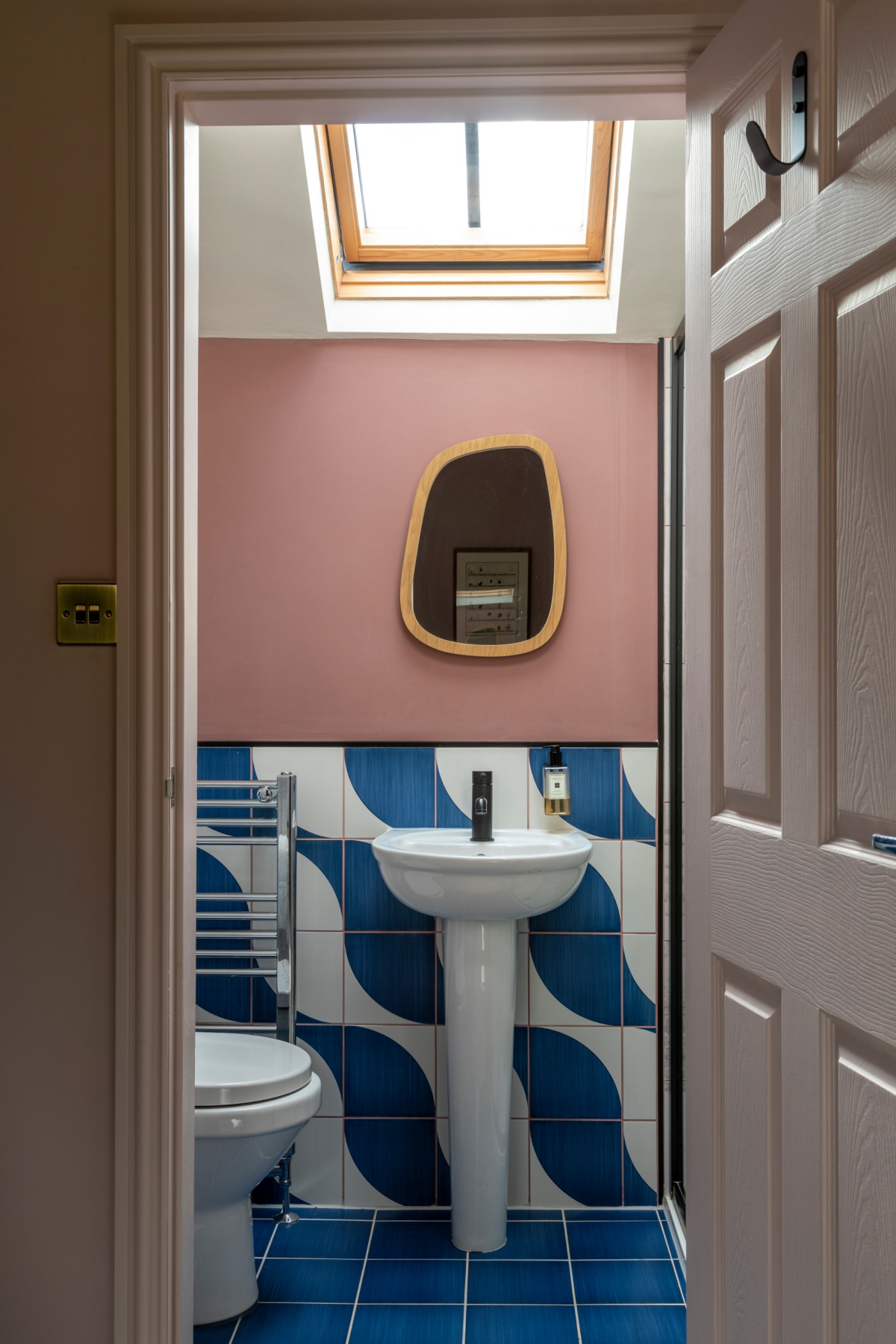
The Most Important Part (Seriously, Don’t Skip This)
You can have the most beautiful tile in the world, but if the wall behind it isn’t prepared correctly, you’re headed for disaster. Tile and grout are NOT waterproof. I repeat: they are not waterproof. Water will get through.
The real waterproofing is the membrane system behind the tile. For showers, this could be a sheet membrane or a liquid-applied one. This is what creates the waterproof barrier that directs water down to the drain where it belongs. Skipping this step is the #1 reason showers fail. I’ve been called to fix DIY jobs where tile was put directly on drywall. Within a year, the wall was mush, tiles were falling off, and mold was everywhere. It’s a dangerous and costly mistake.
So, should you DIY it? A simple backsplash is a great weekend project. A full shower? That’s a complex job. A pro can often tile a standard shower in a couple of days, but if it’s your first time, realistically budget a full weekend just for setting the tile—not including the critical prep and waterproofing work beforehand.
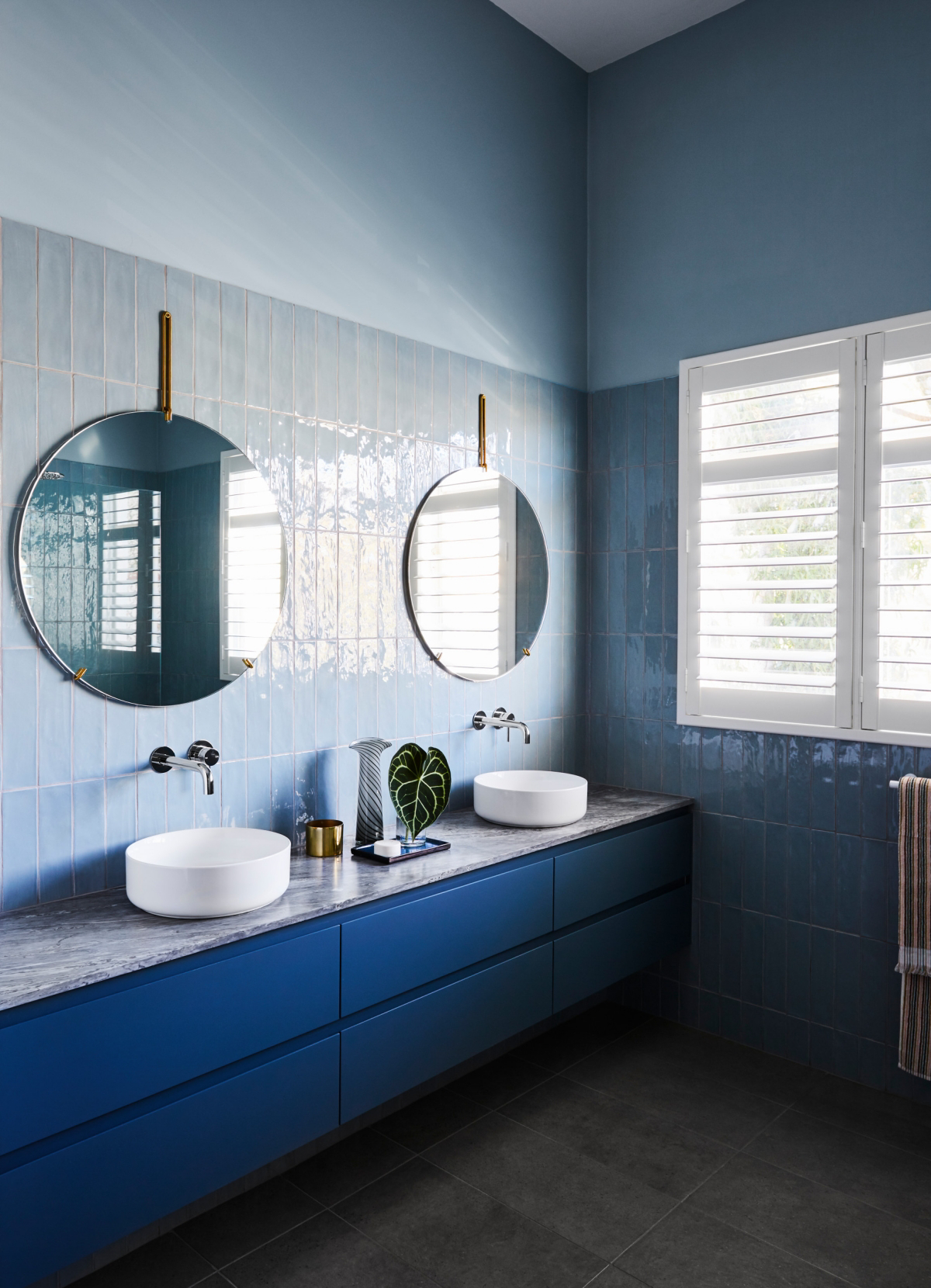
If you decide to hire someone, ask them these three questions:
- Can I see photos of a similar job you’ve recently completed?
- Are you licensed and insured? (Don’t be shy, ask for proof!)
- What specific waterproofing system do you use and why do you prefer it?
A true professional will be happy to answer all of these. If they get defensive or vague, that’s a red flag.
A quick win for any bathroom, by the way, is upgrading your exhaust fan. A quiet, powerful fan (look for one rated for at least 80 CFM) is often a sub-$150 project that makes a massive difference in fighting moisture and mold. It’s one of the best investments you can make for the health of your bathroom, no matter what tile you choose.
Galerie d’inspiration
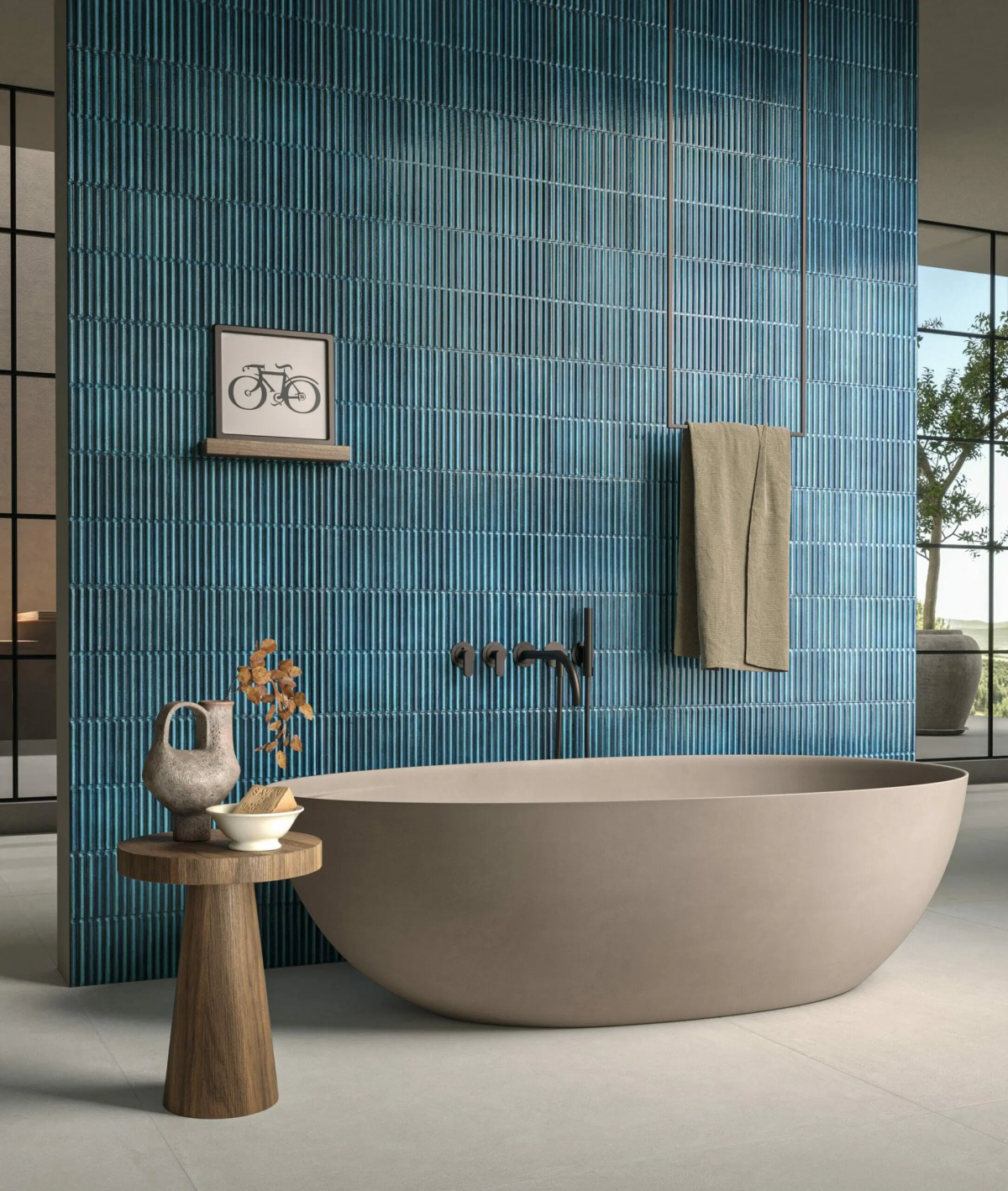
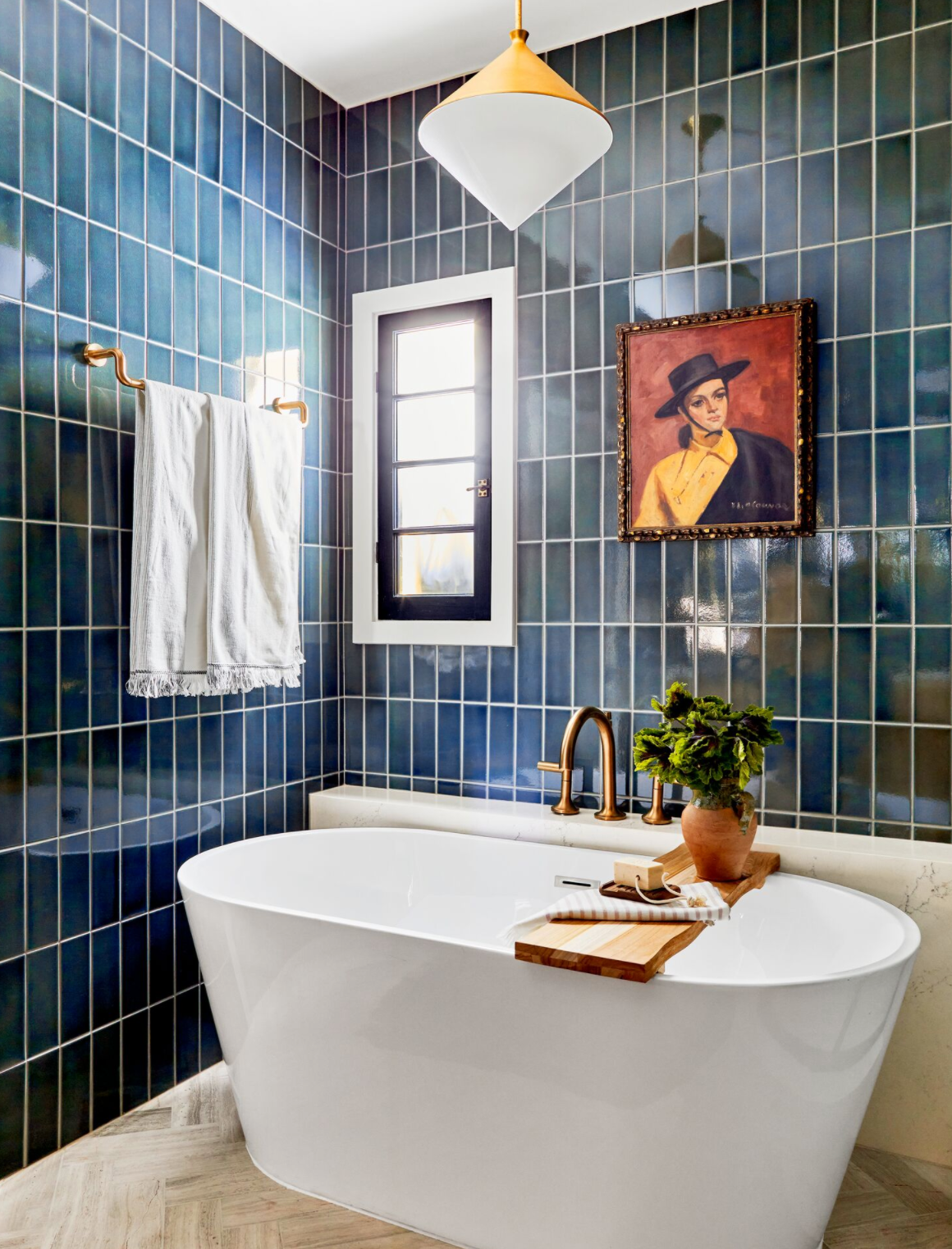
Contrasting Grout: A crisp white or light gray grout makes each blue tile stand out, creating a graphic, grid-like pattern perfect for modern or classic looks.
Matching Grout: A blue-tinted or charcoal grout minimizes the grid lines, creating a more seamless, monolithic wall of color that feels immersive and dramatic. For a perfect match, consider custom-colored grout from brands like Laticrete.
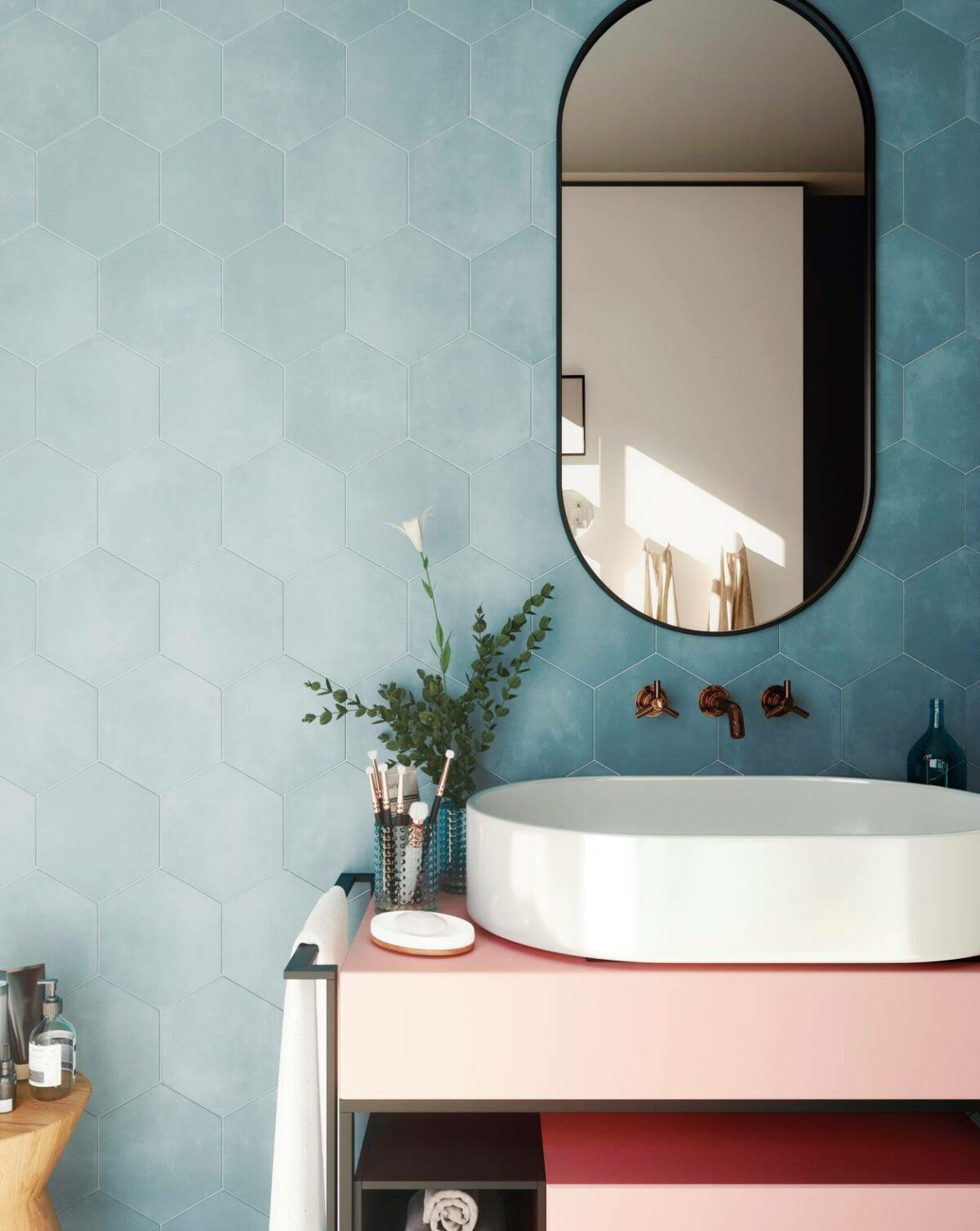
Why does my new navy tile look almost black at night?
Your light bulbs are likely the culprit. Bathroom lighting dramatically alters how we perceive color. For a true-to-color blue, opt for bulbs with a neutral to cool color temperature (3000K to 4000K). Warmer bulbs, those below 2700K, will cast a yellow hue, muting cool blues and making turquoises appear greenish. Always test a tile sample under your actual bathroom lighting before committing.
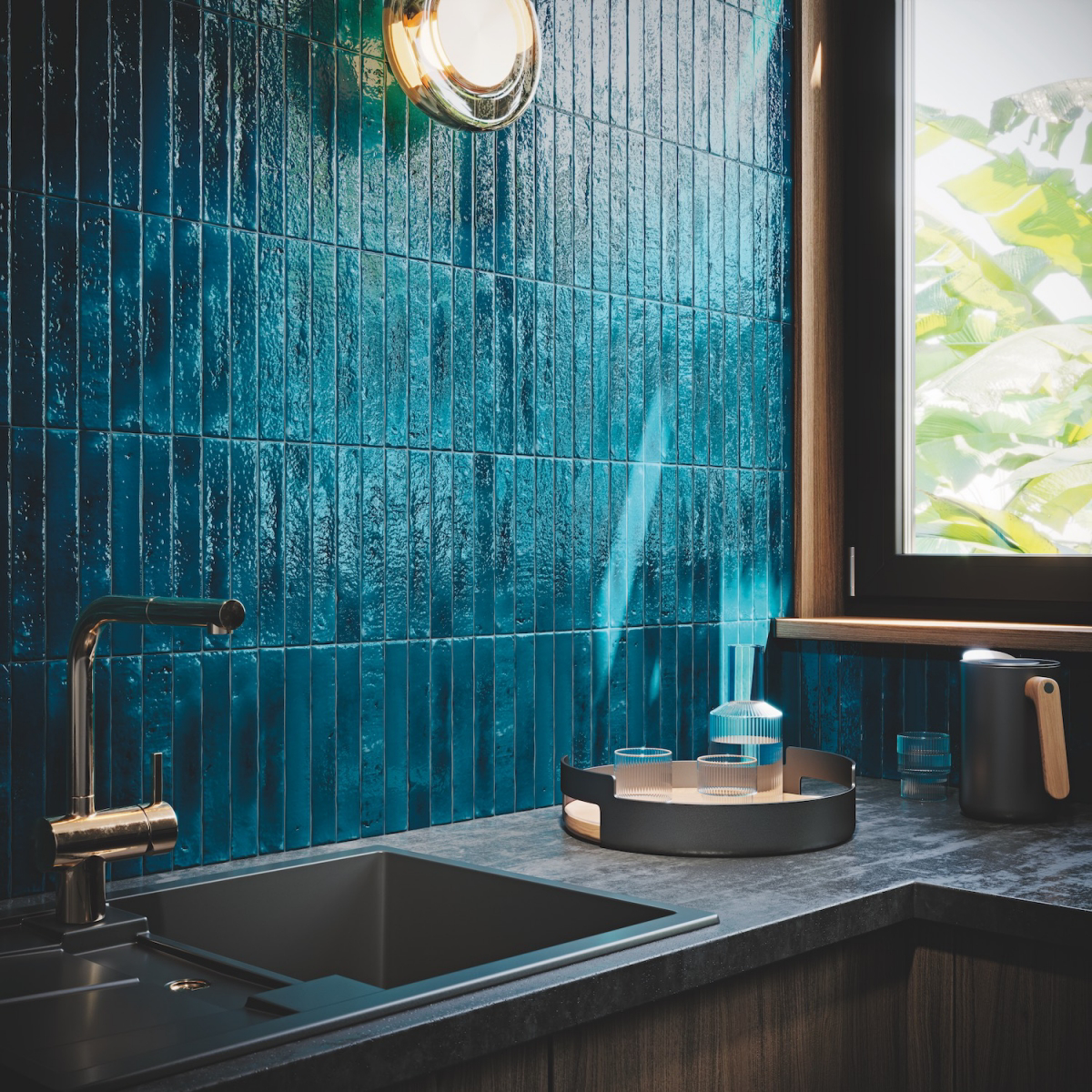
For a blue that feels alive with history and character, look no further than Moroccan Zellige tiles. Handcrafted from clay and fired in traditional kilns, each tile is unique in shade, texture, and sheen. The subtle imperfections in tiles from makers like Zia Tile create a surface that reflects light beautifully, turning a simple wall into a shimmering waterscape. It’s a perfect choice for adding depth and an artisanal touch.
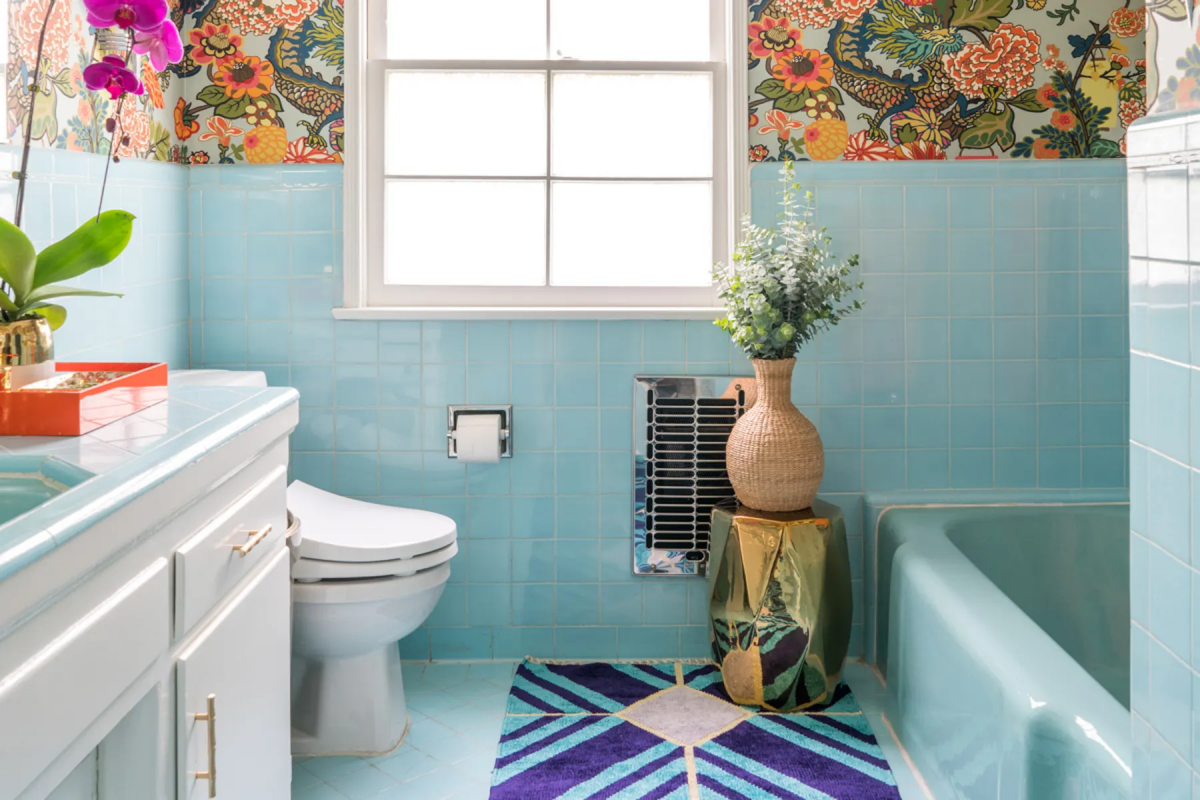
The psychological power of blue: Beyond aesthetics, blue tones in a bathroom tap into our innate connection with nature—a concept known as biophilic design. The color is scientifically proven to have a calming effect, lowering blood pressure and reducing feelings of anxiety. This makes it the ideal choice for creating a personal sanctuary where you can begin and end your day in tranquility.

Pairing paint with your blue tile is an art. To create a harmonious palette, consider these tried-and-true combinations:
- With deep navy tiles, try a crisp, clean white like Benjamin Moore’s
According to the National Kitchen & Bath Association’s 2024 trends report, nature-inspired surfaces and bold color choices are dominating design.
This trend is perfectly captured by the rise of blue-veined natural stones. Materials like Sodalite Blue granite or Macaubas Blue quartzite bring dramatic, organic movement to a bathroom, serving as both a surface and a work of art. While a significant investment, they create an unforgettable statement on a vanity top or feature wall.
To keep your blue tiles vibrant, avoid acidic or abrasive cleaners which can etch the glaze and dull the color over time. A simple solution of warm water and a few drops of a pH-neutral cleaner is all that’s needed for regular maintenance. Protect your grout by sealing it annually.
- It makes a small powder room feel more expansive and less busy.
- It reduces the number of grout lines, resulting in a cleaner, more modern look.
The secret? Using large-format blue tiles (12×24 inches or larger). Counterintuitively, fewer visual breaks trick the eye into seeing a larger, more serene space.
Look to the sun-drenched coasts of Portugal for timeless inspiration. The iconic azulejos, tin-glazed ceramic tiles, have adorned buildings for centuries. You can bring this look home by:
- Creating a feature wall with patterned blue and white tiles behind the vanity or in the shower.
- Using a simple blue field tile bordered with a more intricate patterned tile as a
Traditional Tile: The classic choice, offering supreme durability and endless shades of blue. It’s a permanent, high-value upgrade but requires professional installation and a higher budget.
Peel-and-Stick Tile: A fantastic budget-friendly and DIY alternative. Modern versions from brands like Smart Tiles offer realistic blue patterns, are water-resistant, and can be installed in an afternoon. Perfect for a quick refresh or for renters.
